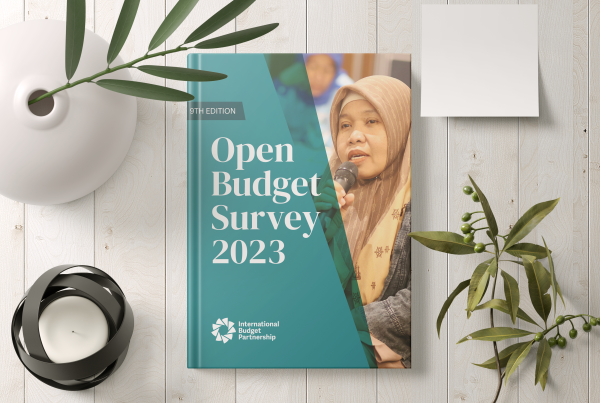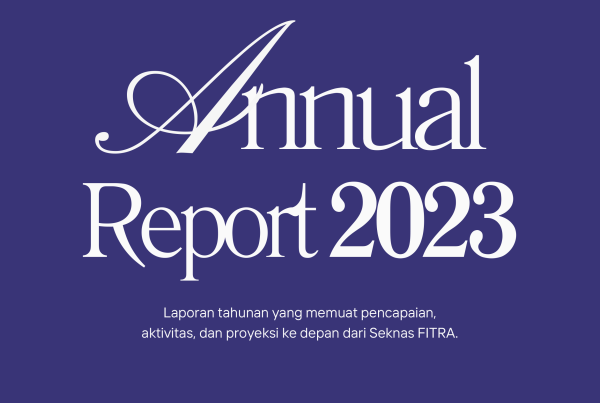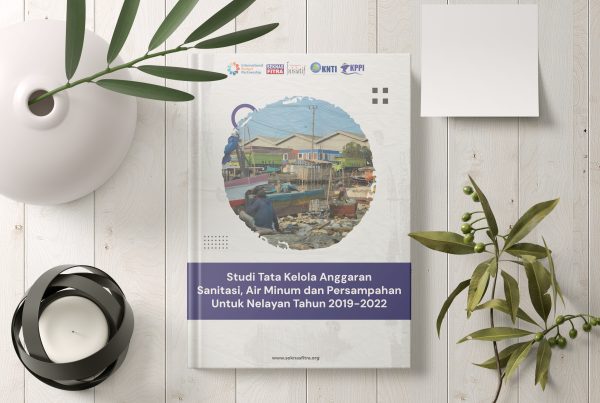A decade of decentralization has hopefully delivered benefits to Indonesia in the form of enhanced community welfare achieved via regional autonomy and fiscal decentralization. The implementation of decentralization has seen an evolution of the legal framework governing regional autonomy and fiscal decentratization, the details of which have been modified twice in the intervening periodi.
Central government fiscal transfers to sub-national governments have underpinned the decentralization process and contributed significantly to regional development. The main mechanisms for those transfers have been the General Purpose Fund (DAU), the Special Purpose Fund (DAK) and the Shared Revenue Fund (DBH). In addition, the central government has transferred funding directly to the regions (bypassing local budgets) to support delegated (dekonsentrasi) or co-administered (tugas pembantuan) tasks and functions, carried out in the regions on behalf of the central government. This process has seen a multiplication of ways in which central government funds have been transferred to the regions, some of which have gone beyond the parameters laid down in Law No. 33/2004 concerning Fiscal Balance between the Center and the Regions (dana perimbangan).
The enactment of Law No. 28/2009 concerning Regional Taxes, Charges and Fees (pajak dan retribusi daerah), which decreed that taxes on land and buildings (PBB) and levies on the acquisition of rights over land and buildings (BPHTB) should henceforth be collected by sub-national governments had implications for the dana perimbangan system which disbursement arrangements for those two sets of taxes. In other words, law No. 33/2004 had been overtaken by events and was no longer playing role it was meant to play.
Against this background, Seknas FITRA thought it important to undertake research on how the dana perimbangan system might be made fairer and more equitable. It was Fitra’s hope that such research would make a contribution to the revision and improvement of Law No. 33/2004. The overall aim of the research was to provide a snapshot of the effectiveness or otherwise of the current system as a basis for formulating a better one for the future.
The research employed a qualitative approach based on data collected, a study of documents, in depth interviews and focus group discussions (FDGs). It comprised research both at the national level and in the regions where 4 case studies were undertaken specifically to garner information at the grassroots through a number of in depth interviews and FDGs. The four case study areas were chosen for their geographic spread and for being representative of high and low levels of fiscal capacity and poverty. Of the many options available, it was decided to do the case
studies in the city of Samarinda and the kabupatens of Musi Banyuasin, Cilicap and Domp
Penulis:
Yuna Farhan, Yenny Sucipto, Uchok Sky, Lukman Hakim, Hadi Prayitno, Ahmad Taufik
Dukungan:
Seknas FITRA
Tahun:
2012





